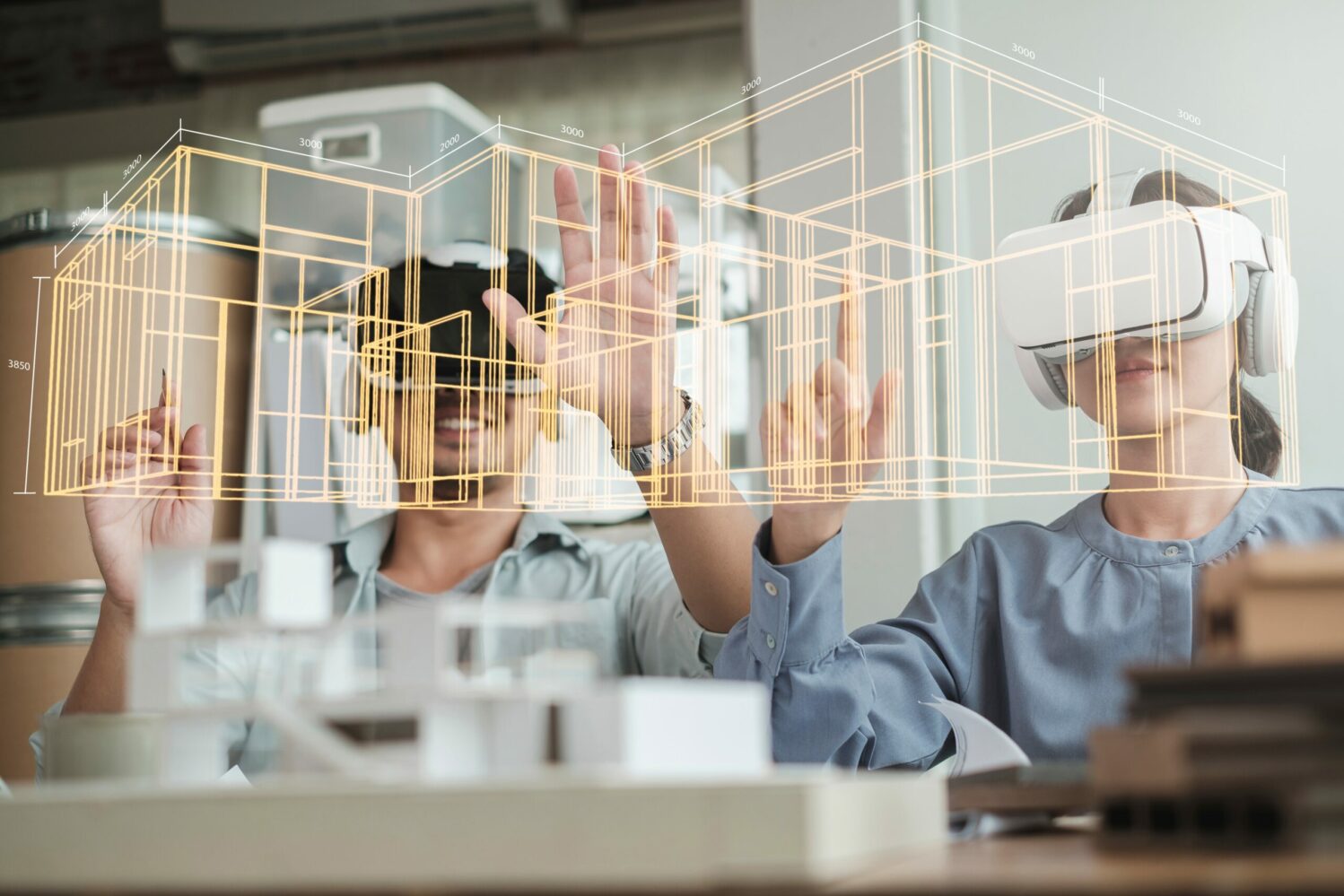The Collins Dictionary named ‘AI’ as the most notable word of the year for 2023, describing it as the “next great technological revolution”. The publisher claimed that the use of the word (strictly as an initialism) quadrupled over the past 12 months.
AI’s assurgency has been led by a new generation of smart chatbots – most notably, OpenAI’s ChatGPT and Google’s Bard. Almost everyone has used ChatGPT by now, while a growing number of businesses are incorporating the language processing tool into their everyday operations, taking advantage of its ability to write blogs and reports, research topics and summarise content, create Excel formulas, produce recipes, and even write code.
AI in FM
AI isn’t a new concept, especially not in the built environment. As far back as 2016, this very blog described it as “becoming more commonplace” and part of a tranche of emerging technologies that could “lead to higher profits and efficiency” for the facilities management and workplace industries.
AI’s potential is in its ability to enhance decision-making by analysing historical and real-time data from a range of sources, including IoT sensors, maintenance logs, energy meters, and occupancy data, to produce intelligent insights. The better the data, the smarter the insights.
AI-powered tools can help facilities managers improve cooling, heating, and power generation, reduce energy usage, hit sustainability targets, monitor building performance, and improve the occupier experience. For example, AI can optimise maintenance schedules by determining how assets are performing, when they might fail, which must be prioritised, and what specialists are appropriate for a specific task. At a time when organisations are still working out the most efficient hybrid working models for their employees, AI can analyse data in areas such as space occupancy, footfall, and employee preferences to recommend the most appropriate space layouts, activity-based working options, and desk ratios.
Retrofitting with BIM
With net zero targets coming into greater focus, from both a legislative and corporate perspective, organisations are under increasing pressure to reduce their carbon emissions. The built environment contributes around 40 per cent of total global carbon emissions. The bad news is that huge swathes of existing building stock, especially in the UK, are old, inefficient, and energy-intensive.
Retrofitting (another keyword for 2023, especially in the built environment) will play a hugely significant role in the drive to modernise buildings. The practice of retrofitting has many constituent parts, but one of the best examples lies in building information modelling (BIM). As technology has got smarter, so too has BIM. Today, it’s possible to laser scan buildings to create detailed digital pictures of a space, including all the assets, furniture, and fittings.
Digital Twins – the Real Metaverse
Although 2023 may have been the year that the ‘metaverse’ as a commercial concept lost much of its momentum, it may have been the year that the digital twin truly came to the fore.
In the 1970s, NASA developed what it described as a “living model” for the Apollo programme. After Apollo 13’s oxygen tank exploded, forcing the crew to abort their mission to land on the moon, NASA ran multiple simulators to determine what had failed and equipped the physical lunar module with sensors that could capture the required data. This was arguably the first true example of a digital twin.
Today, however, the technology is helping those responsible for operating buildings gain a holistic, real-time view of their environments. In this sense, the digital twin represents an evolution in BIM technology – a living, breathing 3D digital simulation that brings together design, construction, and real-time operational data to simulate, predict, and inform decisions based on real-life conditions. By combining the sensor data from assets, spaces and different systems, and an intelligent analytics platform, a cloud-based digital twin has the potential to render a 3D replica of every door, elevator, AC unit, smoke alarm, and desk.
These are the qualities that have convinced McKinsey and others to describe digital twins as the enterprise metaverse, “a digital and often immersive environment that replicates and connects every aspect of an organization to optimize experiences and decision-making.”
With technology such as AI and digital twins leading the way in facilities management, 2024 promises to be an exciting year for technology in the built environment.
For more information or to speak to Service Works Global about how QFM can help with challenges within your company, please get in touch with us here.
Keep up to date on the latest industry and technology developments. Sign up to receive SWG’s blog delivered straight to your inbox:
 Canada
Canada




